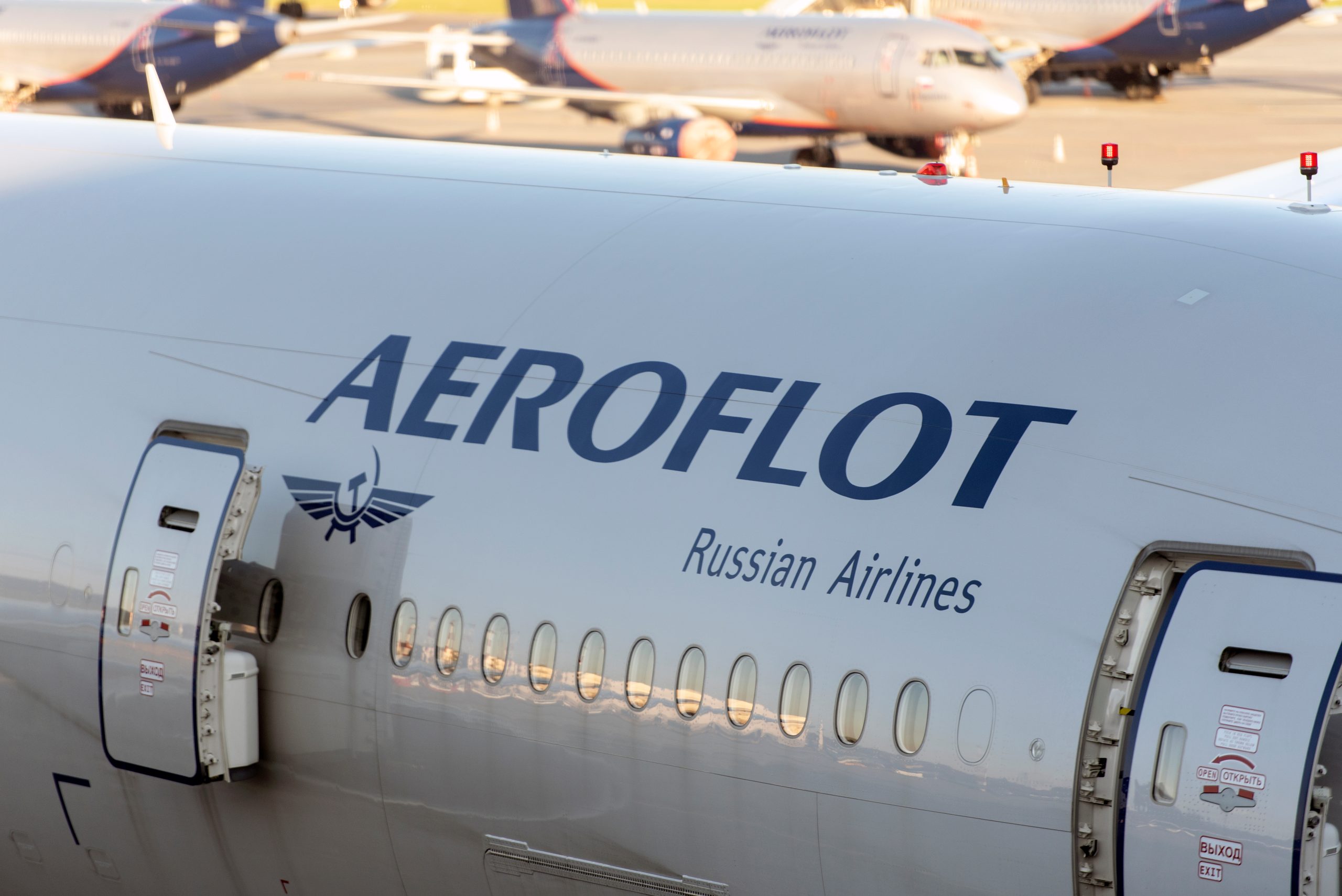The Tragic Story of Aeroflot Flight 593: A Lesson in Aviation Safety
On March 23, 1994, a routine flight turned into one of the most devastating aviation tragedies in history when Aeroflot Flight 593 crashed into the Kuznetsk Alatau mountain range in Siberia, killing all 75 passengers and crew on board. This catastrophic event was not due to mechanical failure; rather, it was the result of a series of human errors that began when the pilot, Yaroslav Vladimirovich Kudrinsky, allowed his two children into the cockpit of the Airbus A310.

The Setting of a Fateful Flight
Aeroflot Flight 593 was traveling from Sheremetyevo International Airport in Moscow to Kai Tak Airport in Hong Kong. The flight was carrying 63 passengers and a crew of 12, including three pilots. Among these was Kudrinsky, who was serving as a relief pilot on that day. The aircraft, an Airbus A310, was known for its technological advancements in the early ’90s, including advanced autopilot systems that were designed to enhance flight safety. The flight had been cruising smoothly, with the autopilot engaged to maintain stability and safety in the air.

However, in an attempt to share the thrilling experience of flying with his children—12-year-old Yana and 16-year-old Eldar—Kudrinsky made the fateful decision to invite them into the cockpit. This seemingly innocent choice initiated a chain of events that would lead to tragedy, as Eldar unintentionally took control of the aircraft. The cockpit, usually a domain of trained professionals, transformed into an arena of chaos, setting the stage for an unimaginable disaster.
The Deadly Mistake
While the autopilot was engaged, Kudrinsky allowed his children to sit in the pilot’s seats and interact with the aircraft controls. Initially, this might have appeared harmless; however, the situation quickly escalated when Eldar, unaware of the implications of his actions, applied excessive force to the controls. This force inadvertently led to the autopilot being disconnected for approximately 30 seconds, placing the aircraft in a perilous position. During these critical moments, the aircraft began to bank sharply to the right, and the situation rapidly deteriorated.
As the plane began to bank sharply to the right, the crew sprang into action, attempting to regain control of the aircraft. A cockpit voice recorder (CVR) captured the intense moments that followed, including Kudrinsky’s desperate attempts to regain control. His urgent commands to his children, such as “Get out now! All is normal,” became his final recorded words as the situation worsened. Tragically, the crew’s attempts to manually correct the aircraft’s steep angle only exacerbated the problem, leading to a further stall.
The Consequences of Human Error
Despite the crew’s frantic efforts to pull the plane out of its dive, their actions ultimately sealed the fate of the aircraft. The Airbus A310, having lost considerable altitude and the ability to recover, crashed into the mountains, resulting in the instant death of everyone on board. This incident starkly highlights the catastrophic consequences that can arise from seemingly benign decisions in aviation. The loss of all 75 lives aboard Flight 593 served as an agonizing reminder of how swiftly circumstances can spiral out of control due to human error.
Upon investigation, it became alarmingly clear that there were no mechanical deficiencies with the aircraft itself. The Airbus A310 was fully operational, and the crash was conclusively attributed to a series of human errors—specifically, the unauthorized cockpit visit by Kudrinsky’s children and the resultant disengagement of the autopilot. Investigators noted that had the crew allowed the autopilot to correct the bank instead of intervening manually, the tragic outcome might have been avoided. These findings underscore the critical importance of following established safety protocols in aviation.
Impact on Aviation Regulations
The aftermath of the Aeroflot Flight 593 disaster led to significant changes in aviation safety protocols globally. Following the incident, Aeroflot implemented stricter regulations regarding cockpit access, ensuring that only authorized personnel were permitted inside during flight operations. These regulations were crucial in reinforcing the importance of cockpit security and the responsibilities that come with operating an aircraft. Airlines worldwide began re-evaluating their policies regarding non-crew access to the cockpit, and many adopted a strict no-entry policy for anyone who was not a qualified pilot or crew member.
This tragic event serves as a stark reminder of the need for rigorous adherence to safety protocols in aviation. The allowance of untrained individuals, particularly minors, into the cockpit can lead to catastrophic consequences. In the years following the disaster, the aviation industry has prioritized cockpit security and comprehensive training for crews to mitigate the risks associated with human error. Additionally, organizations like the International Civil Aviation Organization (ICAO) have taken measures to ensure that similar incidents are prevented by establishing comprehensive guidelines and frameworks for cockpit access.
Lessons Learned
The story of Aeroflot Flight 593 resonates as a poignant lesson about the fragility of human life and the importance of following established safety guidelines. It demonstrates how a single decision, made without consideration for its potential consequences, can lead to irrevocable loss. In aviation, where lives depend on precise operation and adherence to safety measures, such lessons are invaluable. The industry’s approach has shifted towards a model that emphasizes proactive safety management, aiming to prevent human errors before they result in disaster.
As the aviation industry continues to evolve, the legacy of this tragedy emphasizes the necessity of ongoing training, strict adherence to cockpit protocols, and the unwavering commitment to ensuring that such a disaster never occurs again. Aviation authorities and airlines globally must not only remember the lessons from Flight 593 but also implement robust measures to foster a culture of safety. The tragic loss of the lives aboard Flight 593 serves as a solemn reminder of the responsibility that comes with flight and the collective duty to uphold safety above all else.

















